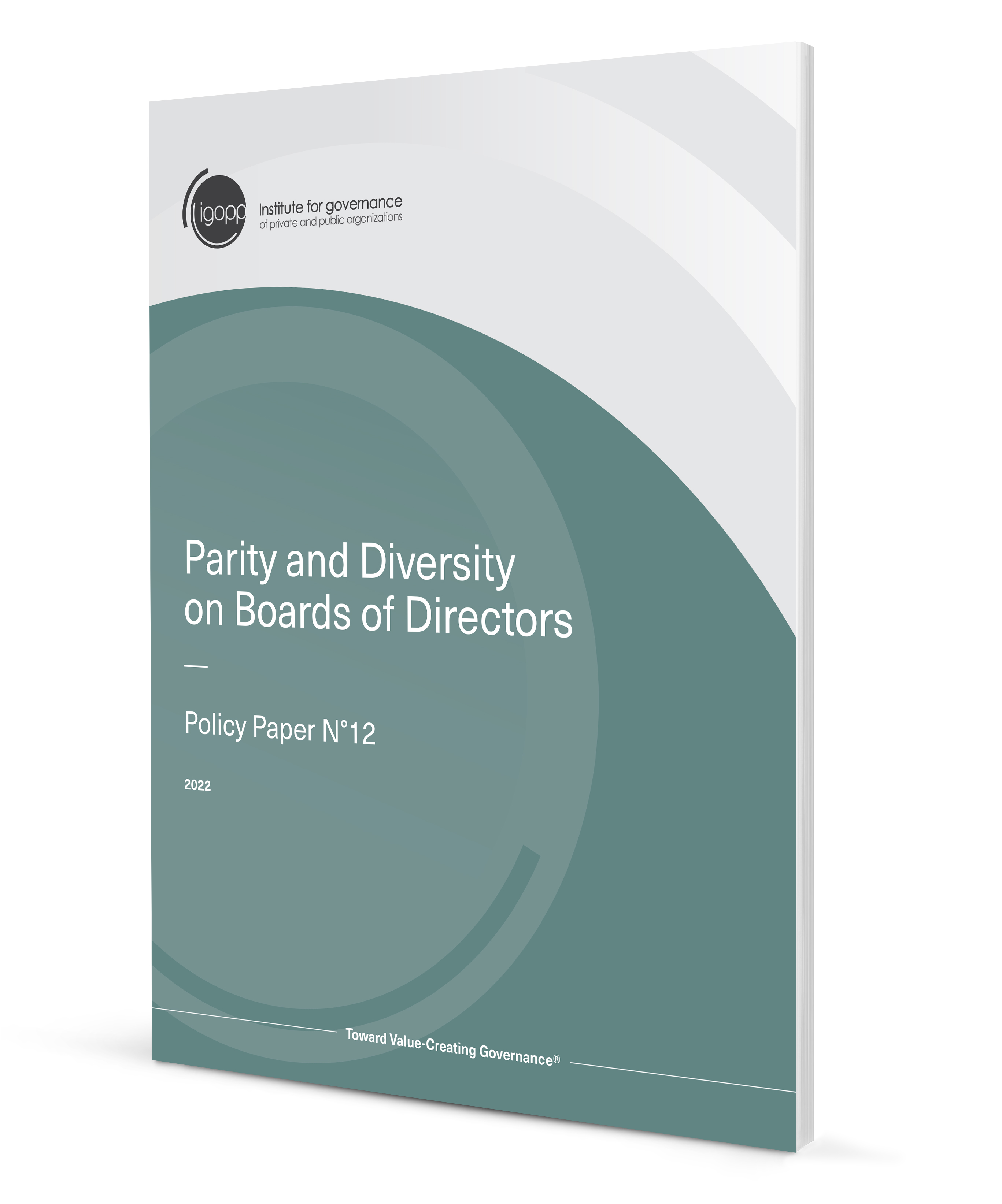The federal minister of finance is wrong to think a national securities commission would lower risk.
Give the federal minister of finance his due: He is nothing if not persistent. Rebuffed by the Supreme Court of Canada in a unanimous and blunt judgment, the minister is trying to squeeze a national securities commission through the small openings contained, as a sort of consolation prize, in the Supreme Court’s decision:
“While the proposed Act must be found ultra vires Parliament’s general trade and commerce power, a cooperative approach that permits a scheme that recognizes the essentially provincial nature of securities regulation while allowing Parliament to deal with genuinely national concerns remains available…
However, as important as the preservation of capital markets and the maintenance of Canada’s financial stability are, they do not justify a wholesale takeover of the regulation of the securities industry which is the ultimate consequence of the proposed federal legislation. The need to prevent and respond to systemic risk may support federal legislation pertaining to the national problem raised by this phenomenon, but it does not alter the basic nature of securities regulation which, as shown, remains primarily focused on local concerns of protecting investors and ensuring the fairness of the markets through regulation of participants.”
(Judgment of the Supreme Court, December 2011; emphasis added)
The federal minister of finance has thus embarked on a campaign to woo the provinces with trinkets and baubles of “cooperative federalism.” Ontario, which needed no persuasion as it has been drooling for a long time to become the home of a central, national securities commission, and British Columbia have jumped on the federal bandwagon. Other provinces are more reticent and may wave the train by. Certainly Quebec and Alberta, the formidable challengers of the last federal initiative, remain doggedly opposed to, and unimpressed with, this new variant.
But, why does the federal government manifest such determination to having it its way, to impose some central organization to oversee the securities business?
Let’s put aside any political motive that twisted minds might conjure up and suppose rather that the federal minister of finance is truly worried about the heightened systemic risk to the Canadian financial system brought on by our fragmented, provincially based securities commissions.
Is he right to fear that without a central coordinating body regulating securities, Canada could be handicapped in dealing with a systemic financial crisis of the sort the world experienced in 2008.
The answer is a simple and categorical no!
“Canada has no need of any ‘central’ securities commission”
The last financial crisis, the most lethal we have experienced since 1929, provided an eloquent demonstration: The countries with centralized securities commissions, such as the Unites States and Great Britain, were the most affected by the crisis. At no time did the crisis threaten the Canadian financial system; the only event that had a whiff of what was happening elsewhere occurred with respect to asset-backed commercial papers (the famous ABCP); but at no time did that unfortunate episode pose a systemic risk for Canada.
In fact, the six large Canadian banks represent the true systemic risk to our financial system; the size of their assets, the diversity of their operations and the linkages among them put the whole system at risk should one of them falter. However, these banks come wholly under federal jurisdiction. The Office of the Superintendent of Financial Institutions (OSFI) and the Bank of Canada wield the power and authority to impose all precautionary measures on these banks. In March 2013, under the terms of the Basel Accords, the OSFI formally decreed that the six Canadian banks were systemically important financial institutions (SIFI). As a result, these banks must submit to a set of measures (enhanced capital ratios, etc.) designed for worldwide institutions that have been so labeled.
Over-the-counter (OTC) derivatives, opaque and poorly regulated, played an important systemic role in triggering the last financial crisis. Remember AIG and its virtual insolvency resulting from its massive involvement in credit derivatives. The astronomical volume and transnational character of these OTC derivatives could once again create havoc for the international financial system. What should Canada do about these lethal derivatives? Does the absence of a “national” securities commission inhibit efforts to deal with this systemic problem?
Well, a little known instance, the Heads of Agencies (HoA), dealt with the issue swiftly, cooperatively and effectively. The HoA, under the leadership of the Governor of the Bank of Canada, brings together OSFI and the heads of the securities commissions of Alberta, B.C., Ontario and Quebec, to discuss and take actions on matters of national importance. The HoA has been tasked to implement all measures recommended by the G20 to which Canada has committed.
Canada now has a framework to enhance the transparency and international regulation of derivative instruments, a framework developed through a cooperative process, without the need of any “central” securities commission.
The federal minister of finance, once again, is basing his initiative on arguments that are unfounded in fact or in theory. Canadian systemic risk comes above all from the major universal banks, a sector wholly under federal jurisdiction.
As for other risks, the framework put in place to regulate over-the-counter derivatives provides a fine demonstration that the present system works well.
The burden of proof that the present system increases systemic risk in Canada falls squarely on the minister’s shoulders. It is a burden he has failed to discharge thus far.





